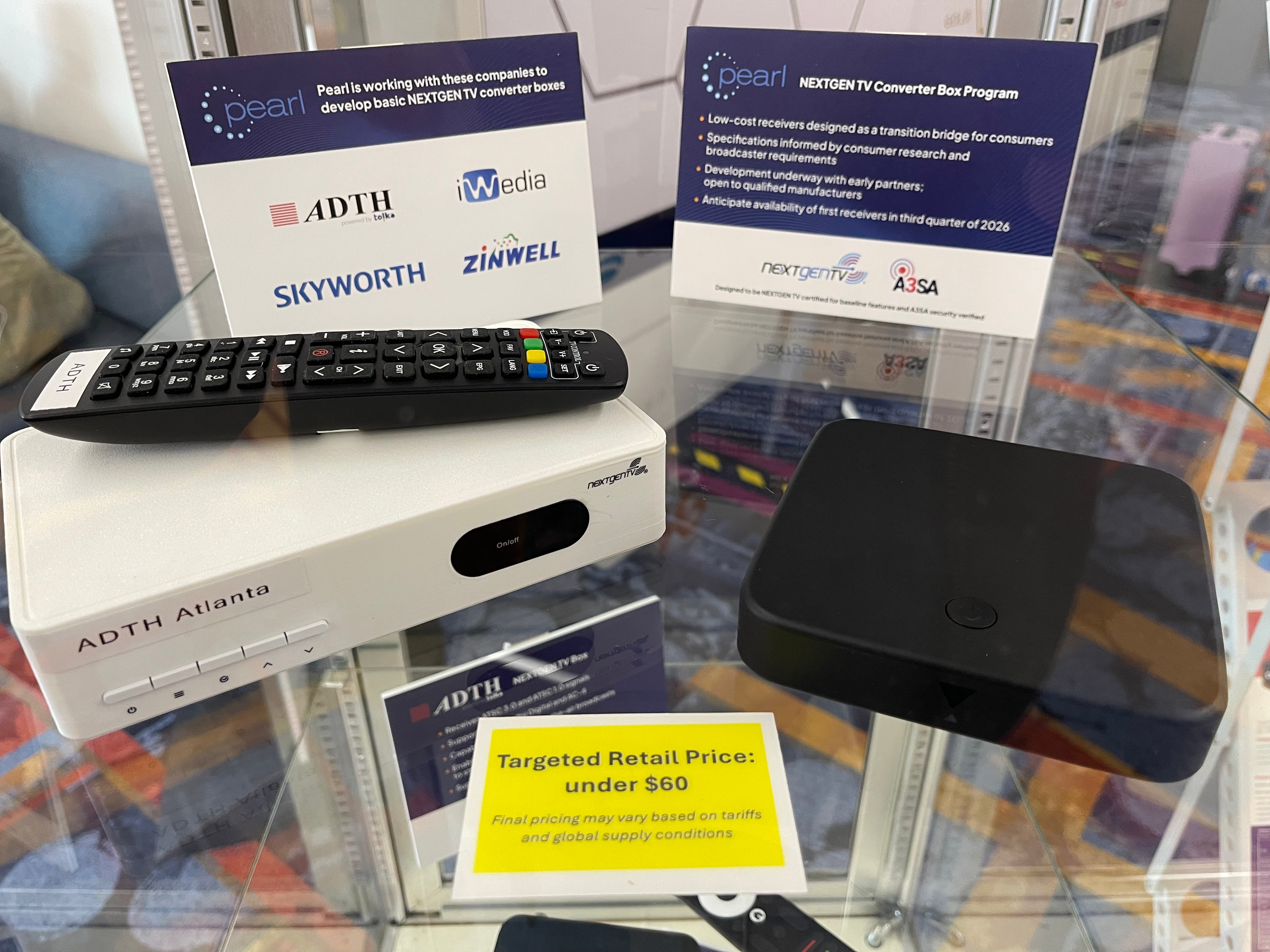Comcast fined for promoting video product as news
A Philadelphia news feature aired by CN8, a regional news channel of Comcast, has been fined $4000 by the FCC for airing an unidentified video promotion as news. It’s the first such action by the commission against a television news program and may signal others to come.
The FCC said Comcast violated its rules when it telecast part of a “video news release” touting a product, Nelson’s Rescue Sleep, without disclosing the product’s manufacturer as the source of the material. FCC rules require that viewers be notified that promotional product videos are being used in what is purported to be unbiased news programming.
During a September 2006 consumer segment on Art Fennell Reports, the FCC said CN8 used a product video in a news feature without telling viewers its source was the product’s manufacturer. “If you are one of the estimated 70 million Americans who have trouble sleeping — Rescue Sleep may be what you’re looking for.”
Comcast, based in Philadelphia, said it would contest the FCC’s fine. “We did not receive any consideration, benefit or payment” for airing the video, spokeswoman Sena Fitzmaurice told the “Philadelphia Inquirer.”
Comcast argued that, as a cable operator, it is exempt from the FCC rules in question, and that the rules should not apply when video is aired without payment. Fitzmaurice said the FCC action raised First Amendment concerns, because “the segments in question were chosen by journalists in the course of reporting.”
The FCC rejected both counts of Comcast’s reasoning. Cable newscasts are subject to the rule, it said. “We conclude that even though CN8 received this material at no charge, it falls within the exception specifically set forth in the rule and that a sponsorship announcement was thus required,” the FCC added.
The fine came in response to a complaint by two advocacy groups, Free Press and the Center for Media and Democracy. Both groups have charged that broadcasters and cable companies routinely use such video releases without identifying them as public relations material.
The professional video industry's #1 source for news, trends and product and tech information. Sign up below.
In two studies released last year, the Center for Media and Democracy found 140 cases in which 111 broadcast or cable stations used video releases. The FCC is still studying the reports for possible violations.
The fine appears to have resulted in changes at CN8. Last November, the channel adopted a new policy requiring disclosure — including a continuous on-air label — when consumer reports include material from video news releases.
